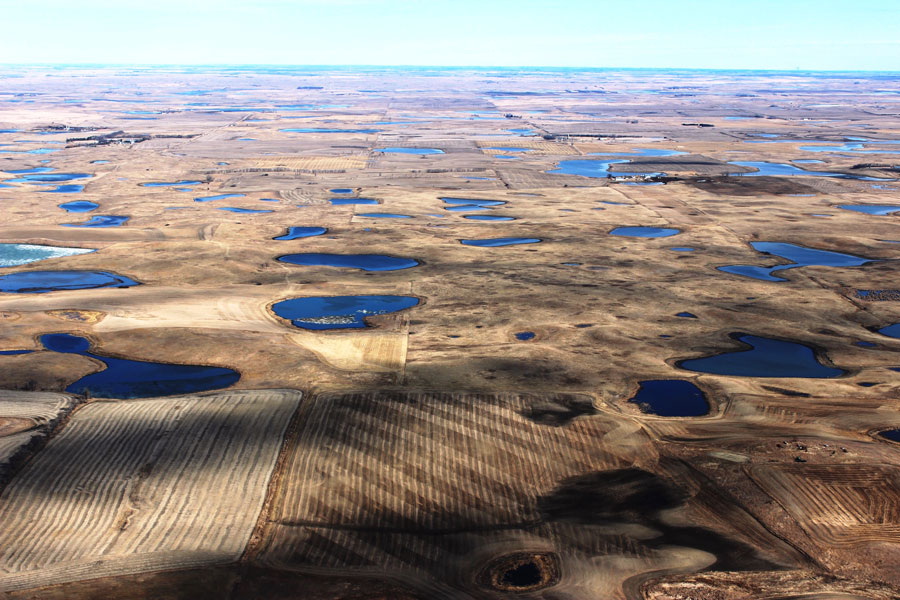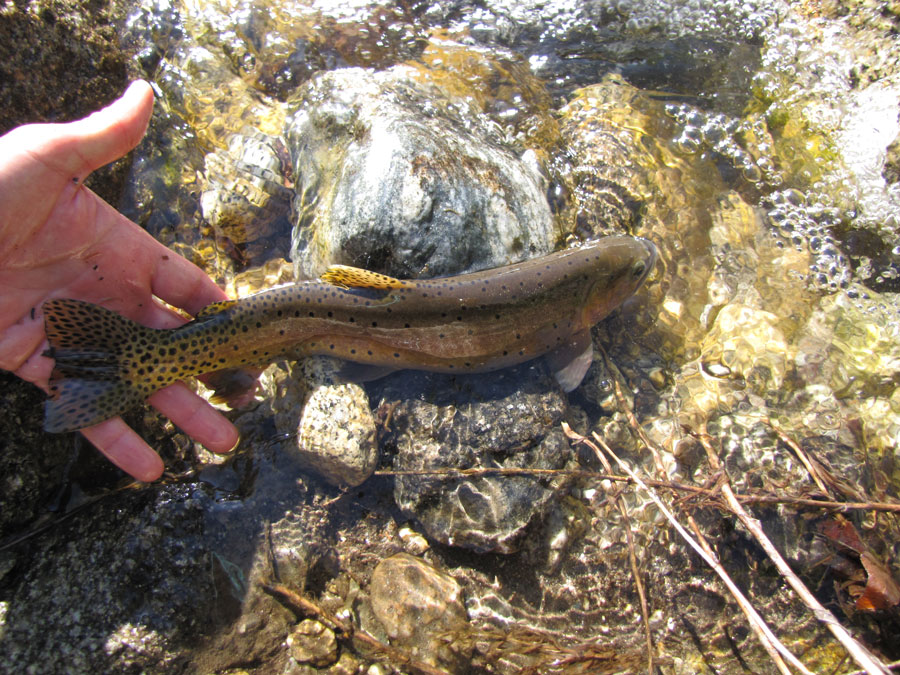Stresses need for long-term commitment to see the conservation of vital big-game habitats
Wyoming Governor Mark Gordon signed an executive order this week prioritizing the conservation of big-game migration corridors.
The TRCP responded to the directive:
“We appreciate Governor Gordon’s leadership on big-game migration corridors with his Executive Order,” said Nick Dobric, Wyoming field representative with the Theodore Roosevelt Conservation Partnership. “We have incredible wildlife populations and hunting opportunities in Wyoming, and we hope that the Governor’s directives will help conserve these resources for decades and generations to come.”
During the summer of 2019, Governor Gordon tasked an advisory group of eight citizens—each representing various interests, including sportsmen—with devising a solution for migration corridors that would conserve the corridors while being consistent with multiple uses of the land. After three long sessions, the group recommended the governor could best address the issue through an executive order that would set up a process for more public involvement and limit development in designated corridors, with emphasis on stopover and high-use areas.
Subdivisions, fences, roads, and energy development all contribute to the loss of big-game habitat and impede the migrations of these animals between the seasonal habitats on which they rely. Land-use planning decisions on state and federal lands can have a determinative effect on the function of these habitats. This includes the proposed management objectives in the Rock Springs draft Resource Management Plan that is expected this Spring and will have implications for the Sublette Mule Deer herd, which depends upon the 150-mile migration corridor commonly known as the Red Desert to Hoback.
“This week’s action should be viewed as a renewed commitment, not a final step, to see migration corridors conserved over the long-term in Wyoming. Sportsmen are hopeful that the governor’s directives will be applied to the Rock Springs draft RMP, which overlaps with the designated Sublette corridor,” said Dobric. “We are counting on the BLM to support state management objectives for this deer herd and apply conservation measures that protect its future.”
Many of Wyoming’s big game herds depend on migration corridors in areas that have yet to be formally identified and designated. While the Order does not apply to areas outside of designated corridors, the science does support similar measures to conserve habitats and allow for multiple uses in other areas. Wyoming Game and Fish has been at the forefront in the West due to their efforts to gather the best science to inform their big game management. Years of captures and collaring, funded by sportsmen and others, gives the state a strong foundation for expanding its efforts so that conservation measures can be put into practice on the ground for migrating big game.
“Wyoming has been a leader of migration science, as well as the policy, for over a decade,” said Dobric. “The TRCP will continue to work with the Governor, state and federal agencies, sportsmen, and other stakeholders to implement this Order and ensure the continued functionality of big-game migration corridors.”
Photo courtesy: BLM Wyoming






